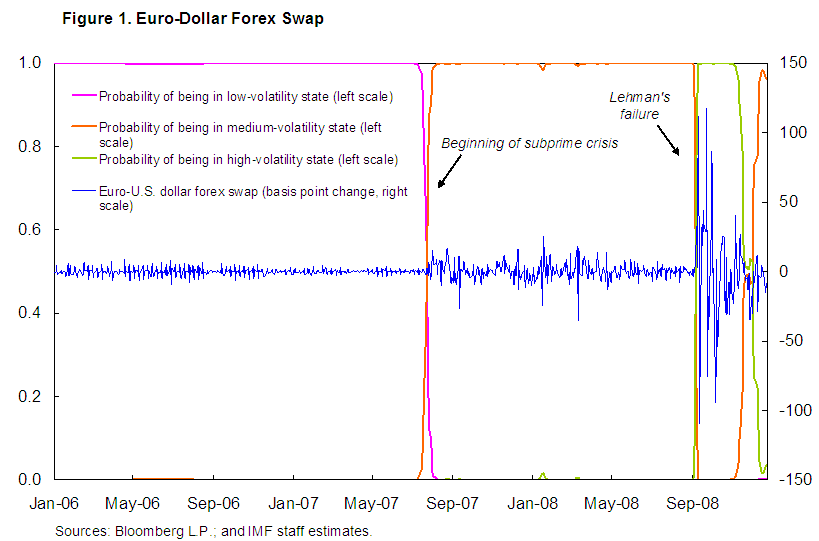Difference Between Currency Swap and FX Swap Currency Swap vs FX Swap
Post on: 23 Май, 2015 No Comment

Posted on February 7, 2013 by admin
Currency Swap vs FX Swap
Swaps are derivatives that are used for swapping cash flow streams and are used in most instances for hedging purposes. The article takes a closer look at two types of swaps that are used for swapping foreign currency through minimizing foreign exchange rate risk. Currency swaps and FX swaps are similar to one another, and are, therefore, easily confused to be the same. The article offers clear examples and explanations of each and highlights how they are similar and different to each other.
What is Currency Swap?
A currency swap is an agreement between two parties to exchange specific amounts of different currencies. A typical currency swap constitutes a foreign exchange agreement where two parties will exchange or ‘swap’ a series of payments in one currency for a series of payments in another currency. The payments that are exchanged are interest and principal payments of a loan denominated in one currency for a loan of an equal amount of another currency.
As an example, a US based firm needs British Pounds and a company based in the UK requires US dollars. In this situation, the US firm will borrow pounds, and the UK firm will borrow dollars; the US firm will pay for the UK firm’s debt that is in USD (Principal and interest payments made in USD) and UK firm will pay for US firm’s debt that is in pounds (principal and interest payments made in pounds). In order for such an exchange to take place successfully, an interest rate (fixed or floating), agreed upon the amount of borrowing, and a maturity date must be set. Currency swaps present a competitive advantage to the parties involved as these parties can now borrow foreign currency at a lower cost with less exposure to foreign exchange rate risk.
What is FX Swap?
FX swap is a contract between two parties that simultaneously agrees to buy (or sell) a specific amount of a currency at an agreed on rate, and to sell (or buy) the same amount of currency at a later date at an agreed on rate. There are 2 legs in a FX swap transaction. In the first leg of the swap, a specific amount of a currency is bought (or sold) against another currency at the prevailing spot rate. In the second leg of the transaction, an equal amount of currency is sold (or bought) against the other currency at the forward rate.
Taking a simple example, a company has 500,000 Euros and requires USD in 5 months’ time. Since the company already has funds in another currency (euros), they can use these funds to fulfill their requirement without being exposed to foreign exchange rate risk. The company can sell the 500,000 Euros to the bank at the current spot rate, and receive an equivalent of USD, and will agree to buy back the Euros and sell USD in 5 months.
Currency Swap vs FX Swap
Currency swaps and foreign exchange swaps are very similar to one another as they aid in hedging foreign exchange risk and offer corporations a mechanism in which foreign exchange can be obtained with minimal exposure to exchange rate risk. Nevertheless, these two derivatives are different to one another in that a currency swap exchanges a series of cash flows (interest payments and principles), whereas in a FX swap involves 2 transactions; sell or purchase at the spot rate, and repurchase or resell at forward rate.
The other major difference is that a currency swap is a loan that is taken out by either party where interest and principal payments are then exchanged, whereas a FX swap is conducted by using an available amount of currency that is then exchanged for an equivalent amount of another currency.
Difference Between Currency Swap and FX Swap
• A typical currency swap constitutes a foreign exchange agreement where two parties will exchange or ‘swap’ a series of payments (interest and principal) in one currency for a series of payments in another currency.
• FX swap is a contract between two parties that simultaneously agrees to buy (or sell) a specific amount of a currency at an agreed on rate, and to sell (or buy) the same amount of currency at a later date at an agreed on rate.
• Currency swaps and foreign exchange swaps are very similar to one another as they aid in hedging foreign exchange risk and offer corporations a mechanism in which foreign exchange can be obtained with minimal exposure to exchange rate risk.














